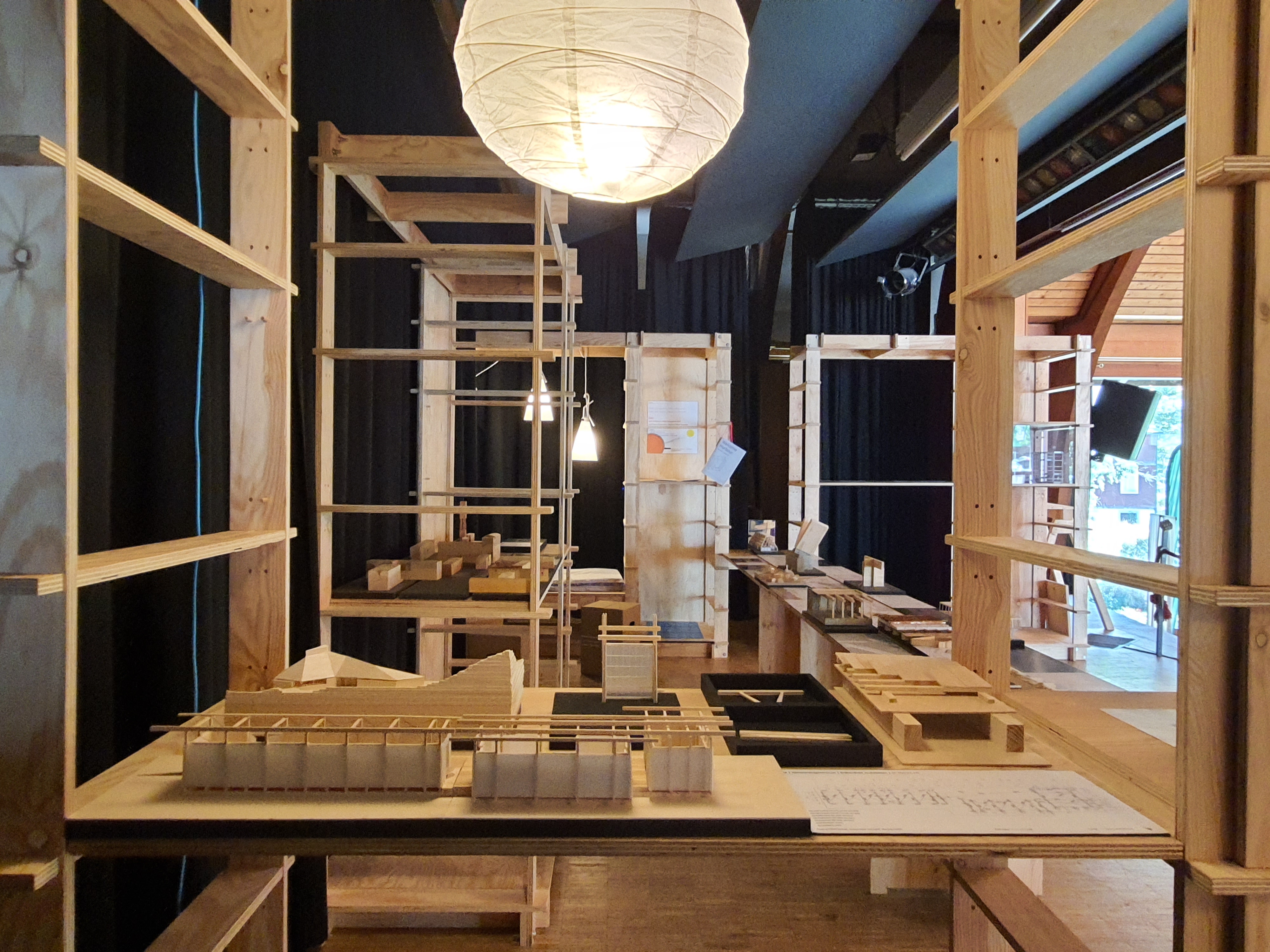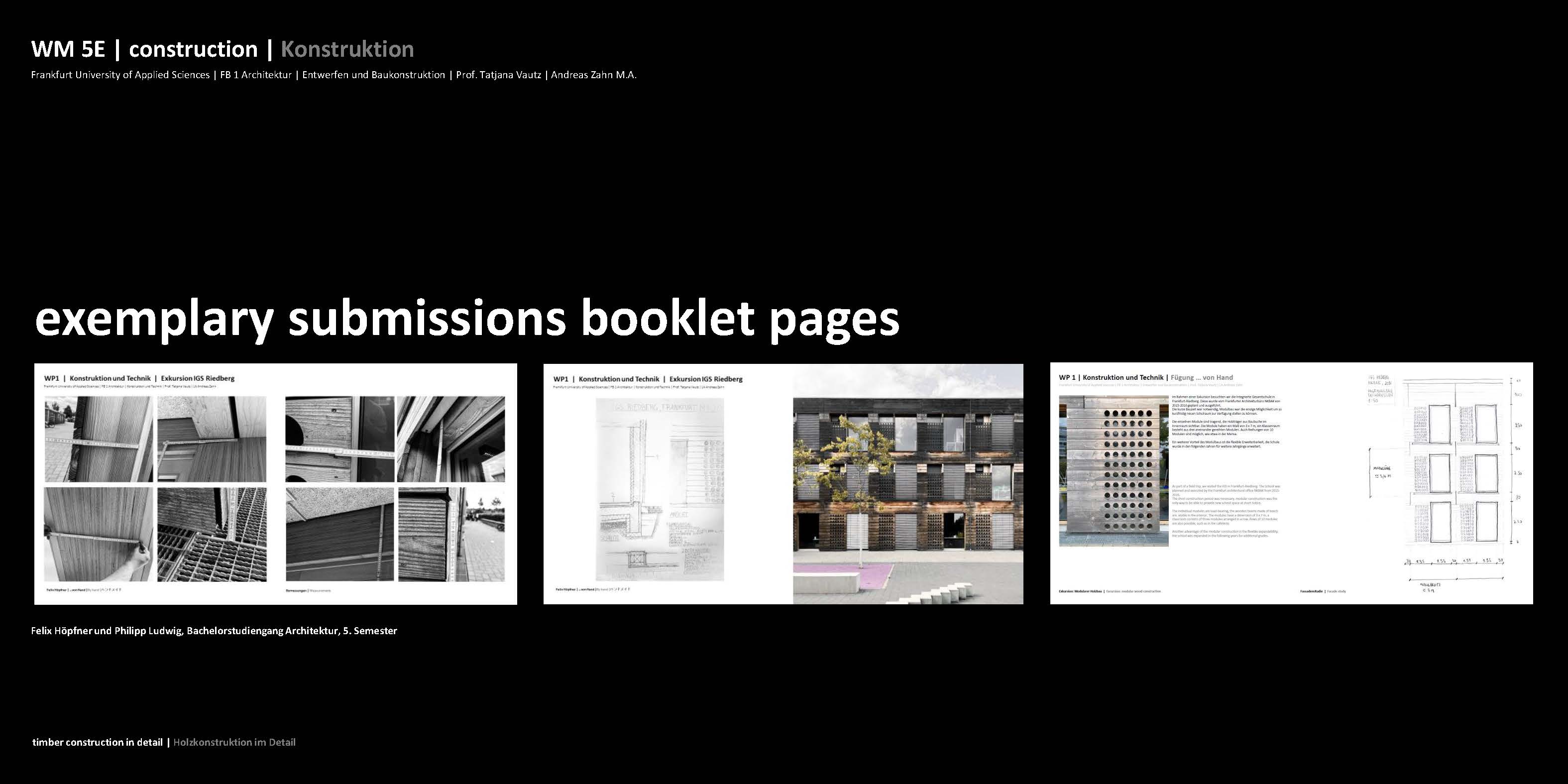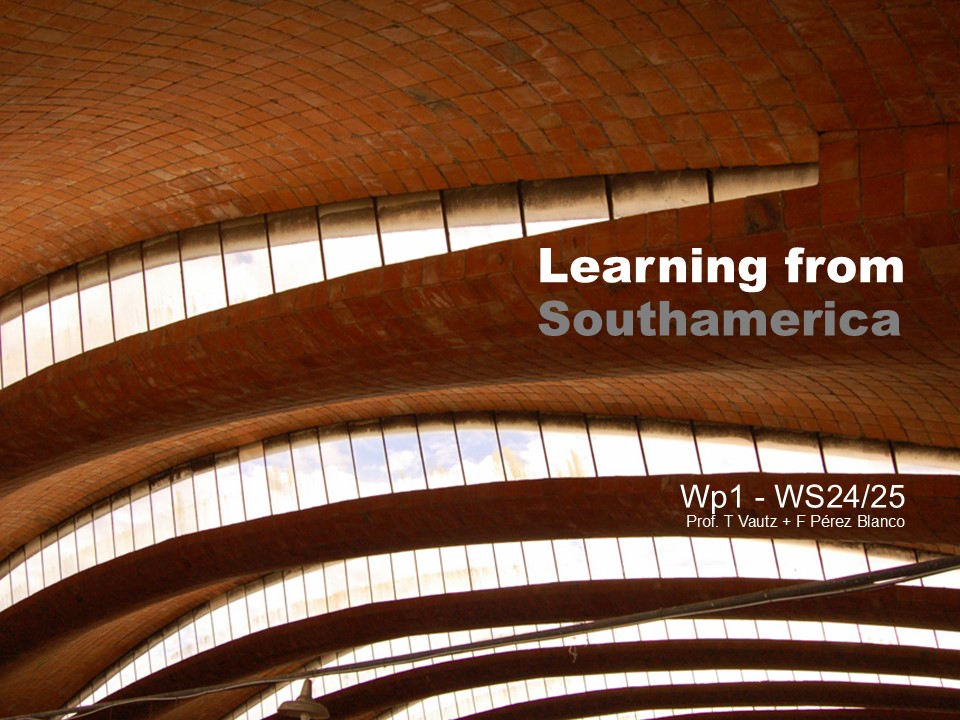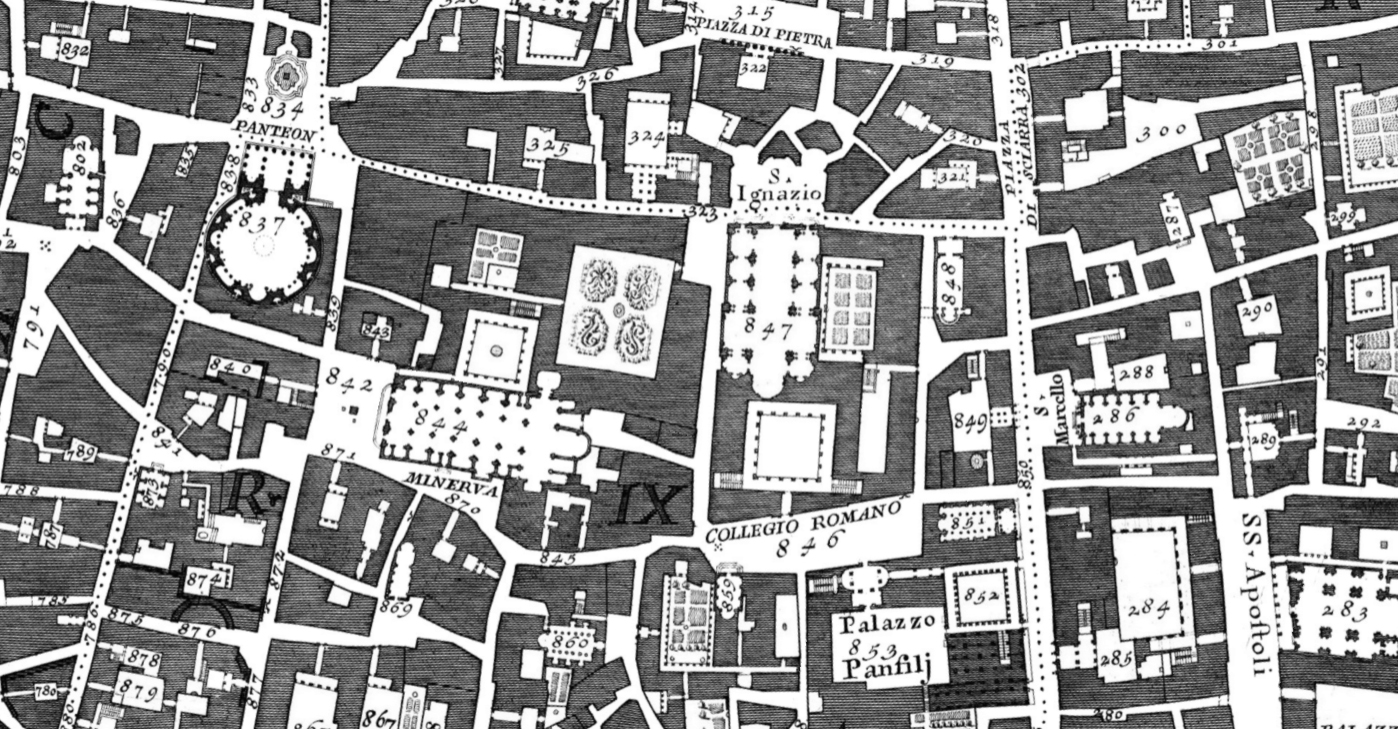
ReNewTrip - Exkursionen rund um den Holzbau
- Dozent/in: Clara Horn
- Dozent/in: Florian Mähl
- Dozent/in: Noelle Ponasik
- Dozent/in: Hans Jürgen Schmitz
- Dozent/in: Tatjana Vautz
- Dozent/in: Helmut Zeitter

ReNewTrip - Exkursionen rund um den Holzbau




This semester's NDC course has a double objective:
On the one hand, the design of a social and sports facility linked to a former natural swimming pool and swimming club located at the eastern end of the northern sector of the port of Frankfurt.
On the other hand, and at the same time, to work on the basis of material and constructive strategies that respond to criteria of simplicity and sustainability.
To this end, we will develop the design of a social and sports complex to be built mainly in wood.
During the course we will address the definitions of the functional programme, the insertion in the site, the definition of spaces, mass and volumes, as well as their materiality, structure and construction system in detail.
The project will be located on a vacant site in the Osthafen area of the City of Frankfurt. An area in conversion and under development where port buildings as well as residential, office and other tertiary activities can be found.
The plot has a rectangular shape of approximately 100m in length and 35m in width in an east-west direction. To the north it faces Lindlaystrasse, which gives it access from the city, and to the south it faces the Schwedler Lake, a sort of natural swimming pool, where The Erste Frankfurter Schwimmclub, the oldest and best-known swimming club in Frankfurt am Main, was housed and is still located.
The design course takes place on Friday afternoons from 14:15 to 19:15
The design course starts on 25.10.2024

In this course we aim to learn from three distant and specific contexts. Three different contexts that have similarities, but also obvious singularities.
We will focus on projects built in Argentina, Brazil and Uruguay between 1930 and 1970, and we will analyse their design and construction in relation to the contexts in which they are located.
All of them are examples that we visited last year with Master's students and which are characterised by their material honesty, pragmatism and contextualisation.
What were the geographical, climatic, economic, technological and cultural conditions like at the site of each work? Who were the authors, how did they work, what were their concerns?
Specifically:
For each project we will study its material strategy, its construction system, and we will make drawings of details and models about them.
We will also make an exhibition of plans, photos and models together with the Master's students who travelled and visited the buildings last spring.


Inhalte
/ Leitbilder des Städtebaus
/ Standardwerke der städtebaulichen Literatur
/ Repertoirebildung / Kenntnis wichtiger Quartiere
/ Grundlagen der Stadttheorie
Lernergebnisse und Kompetenzen
/ Wissen und Verstehen:
Überblick zu städtebaulichen Leitbildern.
/ Einsatz, Anwendung und Erzeugung von Wissen:
Sie sind in der Lage, eine Einordnung städtebaulicher Leitbilder in die jeweils zeittypischen sozialen, wirtschaftlichen, politischen, ökologischen und kulturellen Gegebenheiten vorzunehmen.
/ Kommunikation und Kooperation:
Einblicke in die Standardwerke der Städtebau-Literatur.
Sie sind in der Lage, Städte, Stadtteile und Quartiere theoriegeleitet einzuordnen und über deren städtebauliche Ausprägung und ihre Rahmenbedingungen zu kommunizieren.
/ Wissenschaftliches Selbstverständnis und Professionalität:
Sie sind in der Lage, auf Grundlage der bekannten Literatur selbstständig weitere Literatur zu recherchieren und diese in den städtebaulichen Kontext einzuordnen.
Portfolioprüfung
a) Hausarbeit 1 (Bearbeitungszeit 2 Wochen), Gewichtung 20%
b) Hausarbeit 2 (Bearbeitungszeit 2 Wochen), Gewichtung 20%
c) Hausarbeit 3 (Bearbeitungszeit 2 Wochen), Gewichtung 20%
d) mündliche Prüfung (10 bis 20 Minuten), Gewichtung 40%
Die Prüfung gilt als bestanden, wenn mindestens 50% der möglichen Punktzahl erreicht wurden.
Literatur
Benevolo, Leonardo (1983): Die Geschichte der Stadt. Frankfurt am Main;
Lindner, Rolf (2004): Walks on the Wild side: Eine Geschichte der Stadtforschung, Frankfurt am Main;
Eckardt, Frank (2014): Stadtforschung: Gegenstand und Methoden, Wiesbaden
Weiterführende Literatur wird in der jeweiligen Lehrveranstaltung bekanntgegeben.
Termine
Dienstag
14:15-17:30
BCN-433 oder ONLINE
1
24.10.2023
2
31.10.2023
3
7.11.2023
4
14.11.2023 (Treffpunkt U Bahn
Station Heddernheimer Landstraße)
5
21.11.2023 (ONLINE)
6
28.11.2023
7
5.12.2023
8
12.12.2023
9
19.12.2023 (ONLINE)
10
9.1.2024
11
16.1.2024
12
23.1.2024
13
30.1.2024 (ONLINE)